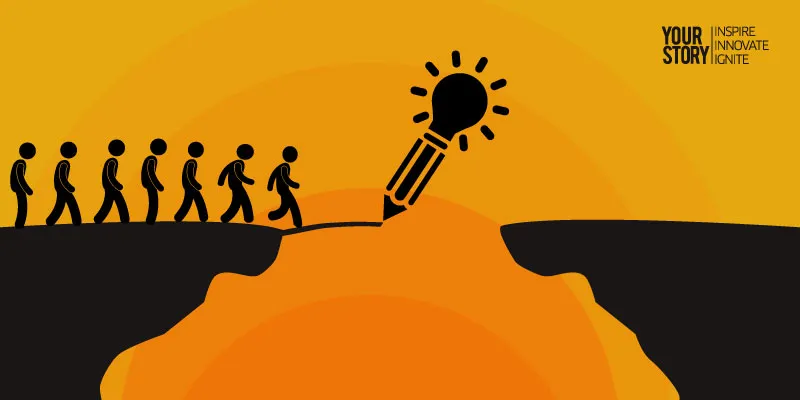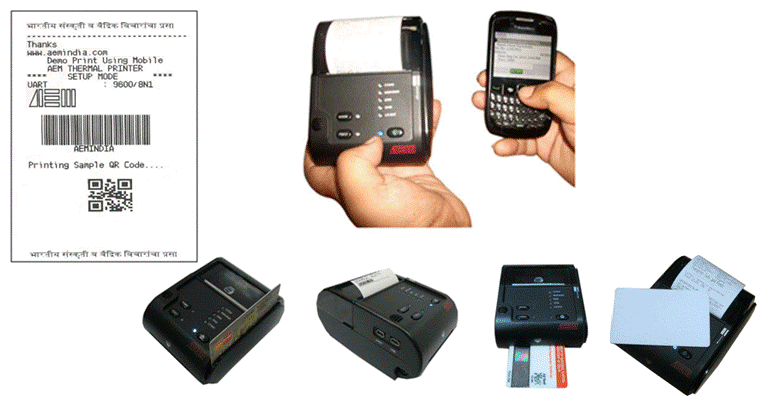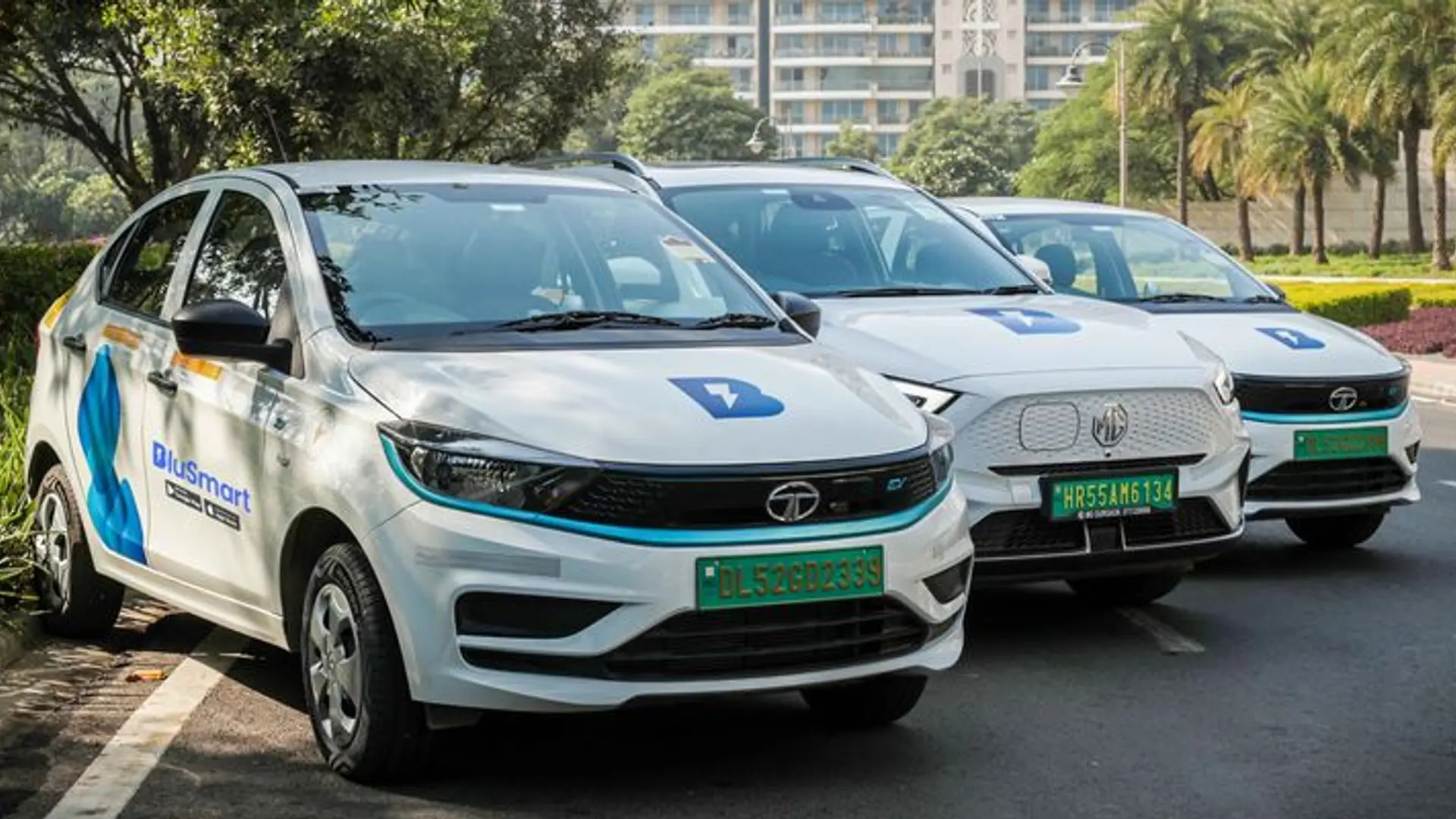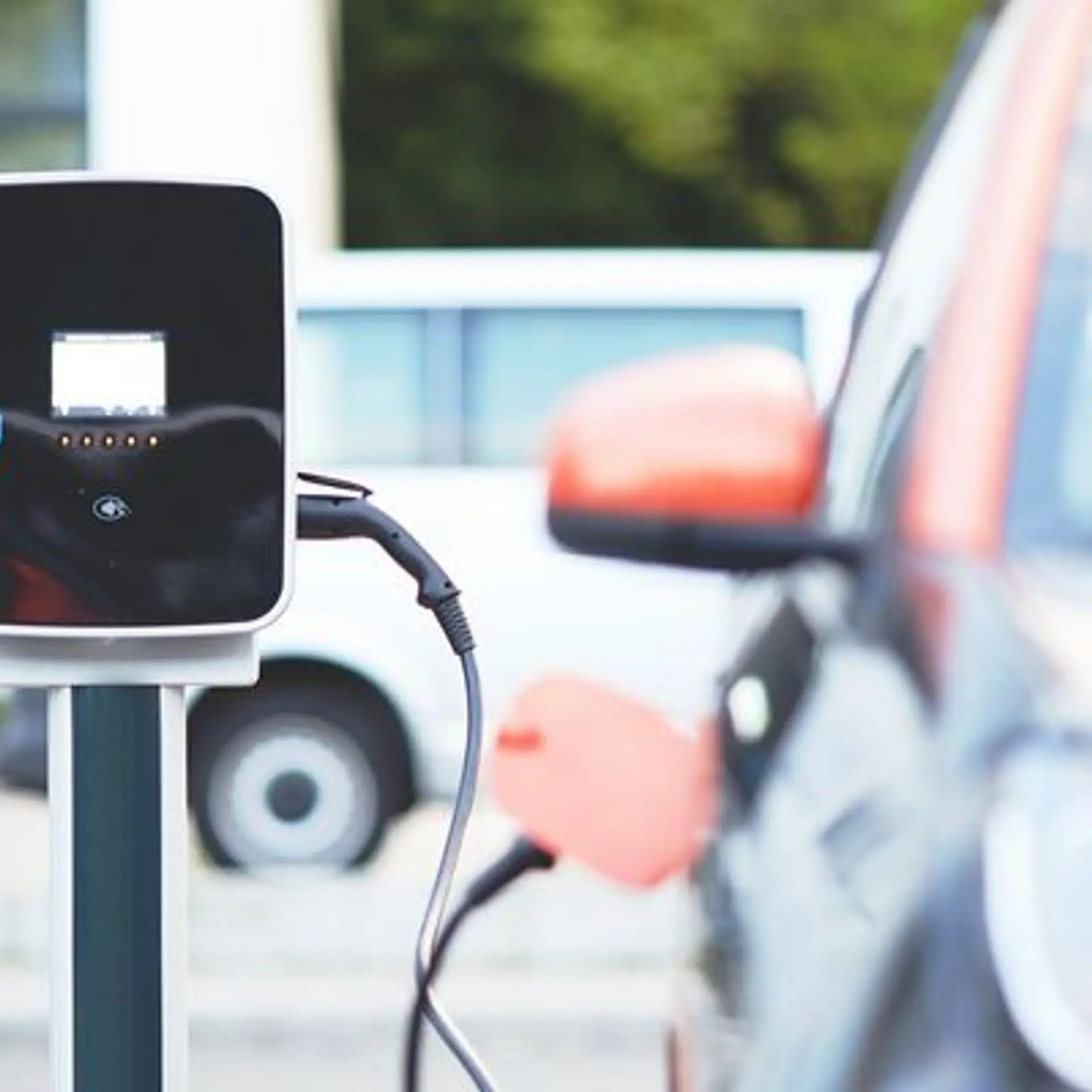It is all about customer service - the rise of CRM and the fall of ERP
About a decade ago, Enterprise Resource Planning (ERP) software was the gold standard in managing processes for small and mid-sized businesses (SMBs). If these SMBs implemented an ERP it meant that they were on the throngs of becoming a large enterprise. Back then, Customer Relationship Management (CRM) tools were considered to be secondary and they remained part of the IT officer’s checklist of tools that would support the ERP. Therefore, all of us have experienced the worst form of customer service in India. If anything, the smartphone world is offering customers and consumers some redemption, because apps are smarter and the customer has the data to prove to the corporate that their service is really terrible. To save face and to maintain brand loyalty Indian corporates are going through a silent revolution, which is led by the consumer.
“Customer service was the step child, the focus was on sales. Fast forward to today and better networks, the entry of apps and real=time data has made every enterprise wanting to focus on understanding their customers and consumers to serve them better. Otherwise, brands will die if they do not adapt to this changing world,” says Abinash Tripathy, CEO of Helpshift, a San Francisco-based mobile software company.
The shifting tides in IT spending is indicative of this turn. Analysts in Gartner revealed that CRM has edged past ERP as the top application software investment priority. By the end of 2017, CRM spends will be $36.5 billion, when compared to $34.5-billion spends on ERP. This year, CRM is closing the gap on ERP; spends on ERP were $31.8 billion while it was $31.7 billion for CRM. This further validates a business focus on enhancing customer experience, with both mature and emerging regions emphasising investments in CRM.
When you see adverts from Ford India with the tagline 'Feels like family' and Honda India’s 'Connected Car' campaign, it shows that organisations want customer data and want to serve them better. But there is a history to all this and why the customer is suddenly the centre of all this.
The Internet has brought credibility to customer queries because there is real data that the customer can use, which is captured through the smartphone, to question the corporate about its services. Customer feedback has changed forever across the world with technology driving insights and bringing data to the user.

The classic case of General Motors OnStar
The growth of the CRM can be traced down to a global case study. Let us take the example of General Motors and its classic service OnStar. It started off as a break down and remote-diagnostics service using GPS for customers. Twenty years later it is a customer data bank that can be used to promote loyalty and cross-sell products. OnStar has fielded more than one billion requests from customers, who interact by phone, mobile app or embedded cellular service in their cars and trucks.
Launched nearly 19 years ago as an industry-first service that would place a call from the vehicle when an air bag deployed, OnStar today remotely unlocks doors, loads driving directions directly to the vehicle, compiles and sends emails on vehicle health and can aid law enforcement by slowing down a vehicle being pursued.
A customer contacts OnStar every two seconds. That adds up to about five million calls a month from its subscriber base of more than seven million. Add 8.8 million interactions a month from the RemoteLink mobile app and you can see how indispensable OnStar has become since the launch of three Cadillac models in 1996.
“OnStar remains at the forefront of innovation through the services offered in Chevrolet, Buick, GMC, Cadillac and soon, Opel vehicles around the globe,” said Alicia Davis, Senior Vice President, General Motors Global Connected Customer Experience. “The pace at which the brand has reached one billion interactions shows the vast customer demand for vehicle connectivity and there’s no doubt our second billion interactions will come even quicker,” she adds.
Gartner research shows that U.S. and European consumers are interested in remote diagnostic services. For the diagnostic service to have a significant impact on customer acquisition, OnStar will need to automate maintenance and repair-related processes and collaborate with dealers — for example, by having a dealer proactively contact a customer to schedule an appointment after an automatic notification to replace brake pads. Gartner research also shows two-thirds of all US vehicle owners feel repairing and servicing their vehicle at a dealership to be a "hassle." Automating and enhancing repair and servicing would allow GM to develop a meaningful CRM strategy.
GM, with its financial services subsidiary GMAC, could explore opportunities to leverage actual mileage information for alternative insurance offerings such as premiums based on pay-per-use. GM could also benefit from analysing vehicle-specific data to determine quality-related issues for improving product development, manufacturing, supplier and warranty-related processes.'

How does this apply to India?
Strangely enough, the seriousness with which the likes of Flipkart, Snapdeal, Amazon, BigBasket and Shopclues are investing in CRM is ignored. Even Kishore Biyani, Chairman of Future Group, has entrusted Manthan Analytics to make sense of data from the 1,000-odd stores owned by his company. “Serving customers with real insights is the future, and data is what drives every retail business,” says Kishore.
A shopper must understand why Amazon has a no-questions-asked policy or why Flipkart has an easy returns policy. All this data collected from the user behaviour is going to make them serve products that really matter to the customer and these companies will also make sure that their vendors stock products that matter. However, it is in its application that consumers have not experienced the benefits of CRM. Today, enterprises are so busy collecting data of customers that they often forget to serve customers. Indian businesses are yet to really understand the potential of good customer service.
“With so much data generated through Aadhaar, smartphones, the UPI and the Indian stack there is a digital revolution waiting to happen in this country and customer service is in the centre of it,” says Nandan Nilekani, former CEO and Co-founder of Infosys.
The problem, however, lies in figuring out what to do with the data.
There are so many apps out there that are plugging in CRM not knowing what to do with customer data. “India is yet to pick up on customer service seriously. You call a number and you are in trouble because the robot voice and the customer service executive sound similar. It is very difficult to get talented customer service executives and technology can solve that by getting smarter on service flows,” says Abinash of Helpshift.
Abinash adds that another big shift in B2C and B2B is that almost everything is moving to a subscription model.
“Today the cloud has enabled enterprise software being sold in a subscription model. In B2C, mobile apps are being sold through subscription models. In fact both Apple and Google recently announced subscriptions in apps, they are going to provide over 50 percent discounts to publishers that are able to keep customers subscriptions over one year,” says Abinash. The subscription model is great for consumers and businesses as they can simply “pay as you go” for a product or service and not have to pay up front.
Back in the day, the retailer remembered you by name. That is no longer possible because most of us are displaced in search of jobs and better lives. As shopping and buying becomes more sophisticated - with smartphones and devices in stores - the need for CRM to be the primary tool is becoming paramount. With information, the device becomes the centre of customised service. Are we getting there? May be in India, 2025 will be the tipping point. Some would argue that a cultural shift is needed from the buyer and the service provider to respect each other. No matter what the CRM does, Indians have to build trust at the corporate, individual and community level.







